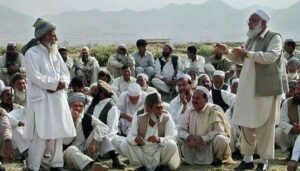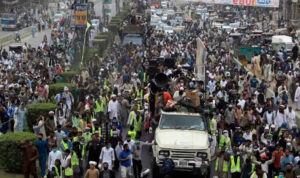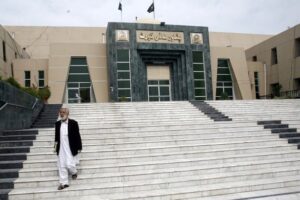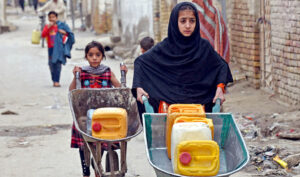In the mountain village of Jabgai, tucked deep inside Chagharzai tehsil of District Buner, a woman named Sameeron sits quietly on the earthen floor of her shattered home. The room smells of damp mud and grief. It is the same room where, just two months ago, her three daughters and three granddaughters were swept away by the floods in Khyber Pakhtunkhwa that tore through Malakand Division this August.
“When the flood came, everything was destroyed within moments,” she says, “The wall collapsed, stones rushed in, and everything disappeared.”
Her loss is one among hundreds. Yet, it is not merely a personal tragedy but a story of region repeatedly punished by climate disasters, and a government that has done little to protect those living on the frontline.
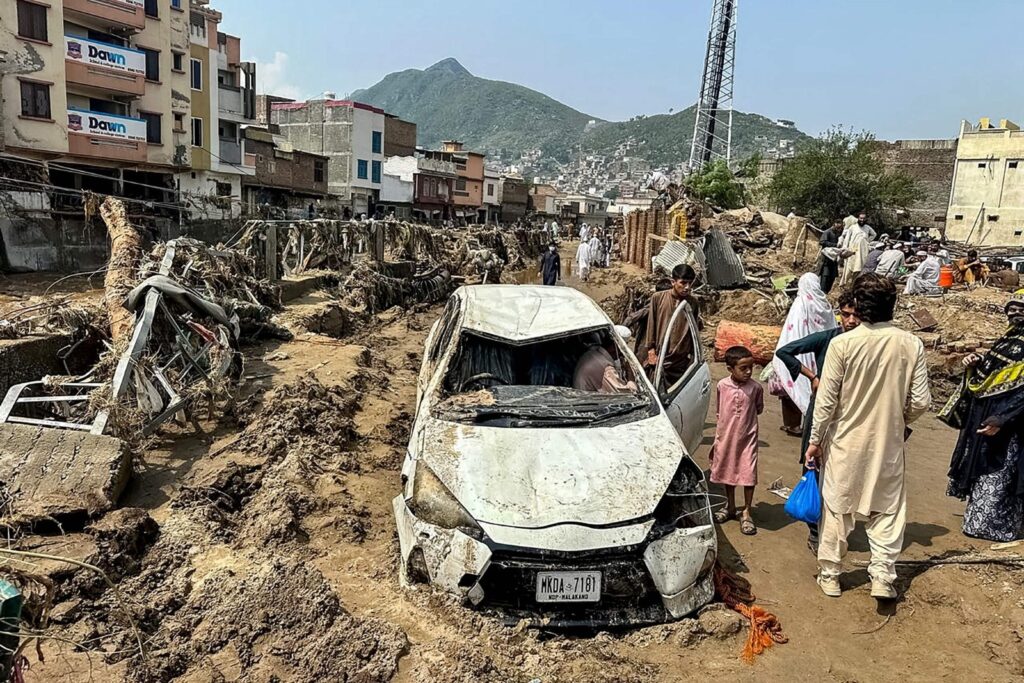
Also Read: Climate change in Pakistan: rising seas, fading forests, and the cost of inaction
Destruction in numbers
The Provincial Disaster Management Authority (PDMA) reports that between August and now, 415 people have died and 135 have been injured across Khyber Pakhtunkhwa. District Buner alone accounts for 237 of those deaths and 128 injuries — figures that make it one of the hardest-hit areas in this year’s floods in Khyber Pakhtunkhwa.
Experts insist that much of this devastation was avoidable. It is not just about heavy rains or rising water levels, they say, but about human choices — administrative negligence, unplanned construction, and unsafe settlements in flood-prone zones.
The disaster, in many ways, was man-made. “If proper risk mapping and zoning regulations were enforced, we would not be counting hundreds of bodies today,” says a senior environmental planner from Peshawar. “We are living through a cycle of destruction that repeats itself because no one learns.”
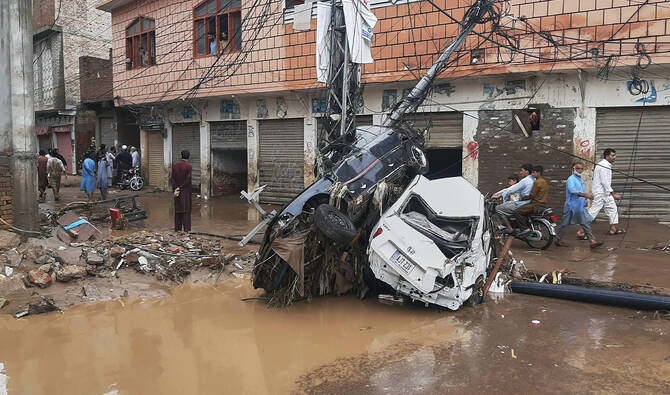
Also Read: Khyber Pakhtunkhwa floods cause massive livestock losses worth Rs1.57bn
Mental scars of the floods
Beyond the numbers, the floods in Khyber Pakhtunkhwa have unleashed a quiet mental health emergency. Psychologist Dr. Sardar Alam, who has been working with survivors in Buner, says, “After floods, almost every second person suffers some level of trauma. People wake up in the middle of the night, terrified of thunder. Children cling to their mothers whenever it rains.”
For women, the trauma cuts even deeper. “They have lost children, homes, and everything familiar,” says psychologist Dr. Amna Khan. “Many develop intense fear of rain — even the sound of water triggers panic attacks.”
These invisible wounds rarely find mention in official reports. But in homes like Sameeron’s, where laughter has been replaced by silence, the emotional toll is undeniable.
Also Read: KP Engages Psychologists to Aid Flood Victims’ Mental Health
Relief promises and ground realities
Officials from PDMA and the provincial health department insist that emergency relief — medicines, temporary camps, and free healthcare — has reached all flood-hit areas through government and welfare partnerships.
But field workers tell a different story.
Sohail Khan, a volunteer with a welfare organization active in Buner, explains: “Immediate relief was provided, yes, but once the cameras left, the real struggle began. There are almost no long-term rehabilitation or mental health programs. Women and children continue to suffer in silence.” He pauses before adding, “Every time clouds gather over the hills, people start to panic. They relive that day. Without psychological support, this fear becomes part of their daily life.”

Climate risk management
The floods in Khyber Pakhtunkhwa have once again exposed how unprepared the province remains in facing the realities of a changing climate. Climate journalist Anwar Zeb argues that the government must stop treating floods as isolated disasters and start managing them as predictable outcomes of climate risk. “We need a Climate Risk Management Plan — not just for paperwork, but for implementation,” he says.
He outlines key priorities: banning illegal construction along riverbanks and vulnerable slopes, developing district-level awareness campaigns, establishing community-led early warning systems, introducing mental health services for women and children, and empowering local governments to respond quickly and effectively. “These are not futuristic ideas,” he adds. “They are survival measures.”
The stories of women like Sameeron, Shehla Afzal, and Siddiqa are reminders that floods do not just wash away homes — they wash away history, belonging, and peace of mind. Each storm leaves behind not only broken walls but also broken people. If the government fails to act on risk mitigation now, future floods in Khyber Pakhtunkhwa will not be seen as acts of nature. They will be remembered as preventable tragedies — disasters that were foretold, yet ignored.






